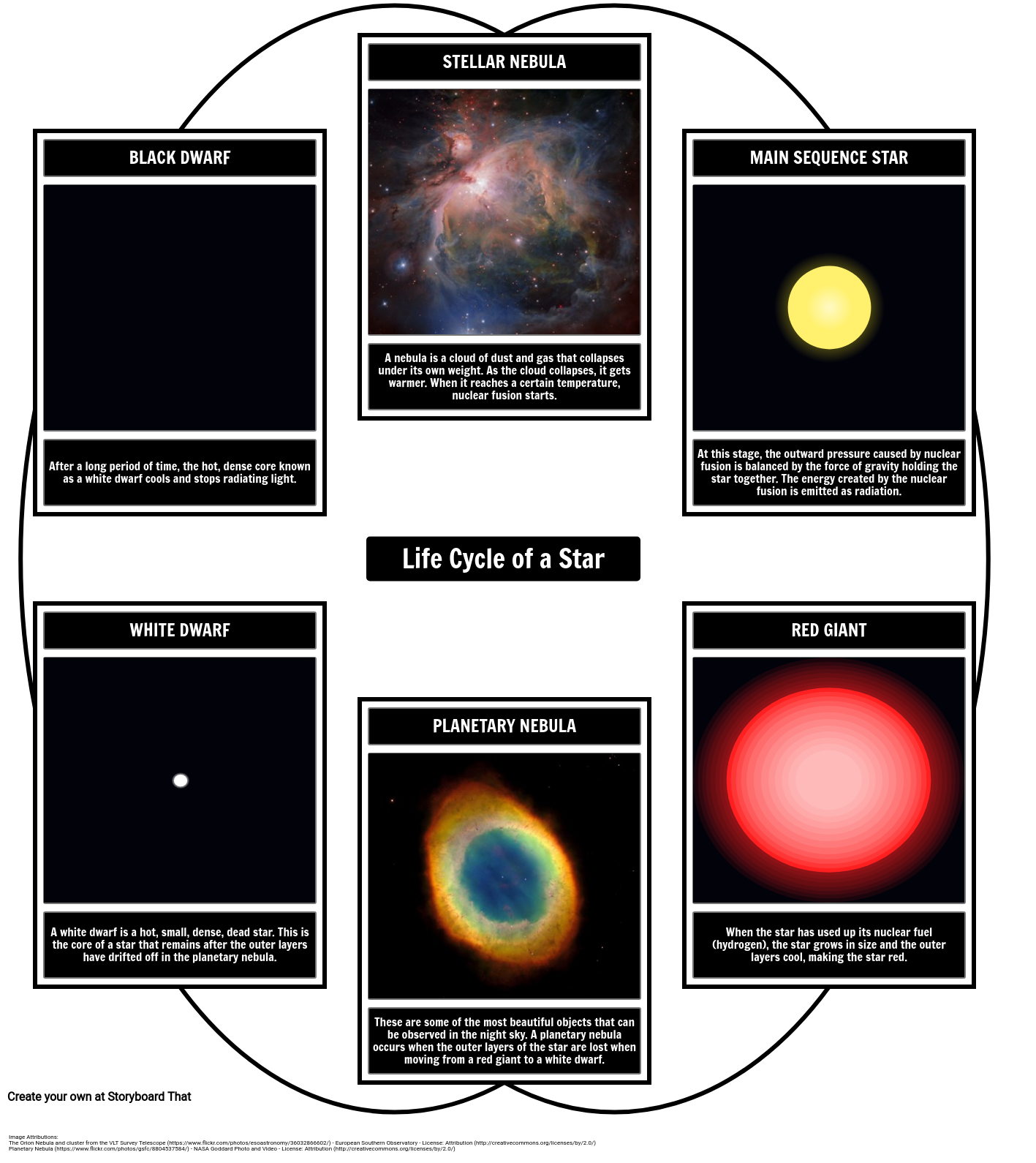

The increasing interest of stellar astrophysics in general to investigate the formation and early evolution of stars and planets illustrates the growing importance of pre-main sequence asteroseismology. While gyrochronology, for example, struggles to determine the ages of the youngest clusters, pulsations in pre-main sequence stars can function as an independent age indicator yielding higher precision for single stars. An improved understanding of the structure of young stellar objects has the potential to answer some of the open questions of stellar evolution, including angular momentum transport and the formation of magnetic fields. Keeping all this in mind, the prospects for pre-main sequence asteroseismology are manifold. Theoretical models of pre-main sequence stars include several assumptions and simplifications that influence the calculation of pulsation frequencies and excitation properties of pulsation modes.

The lack of long time-base satellite observations in addition limits the applications of the method. The remnants of their birth environment which is often still surrounding the young stars causes variability that can interfere with the signal of pulsations. Asteroseismology of pre-main sequence stars faces observational and theoretical challenges. While asteroseismology offers a great tool to investigate these physical processes, studying pre-MS oscillations in turn has the potential to further advance the field. Although this evolutionary phase lasts a relatively short time, it is the imprint of these important physical processes that is often ignored by simplified assumptions.
#Main sequence star full
Before the stars arrive on the zero-age main sequence, they form in the collapses of molecular clouds, gain matter through accretion processes, and compress their cores until hydrogen can burn in full equilibrium. Stars do not simply pop up on the main sequence. Institute for Astro- and Particle Physics, University of Innsbruck, Innsbruck, Austria.


 0 kommentar(er)
0 kommentar(er)
